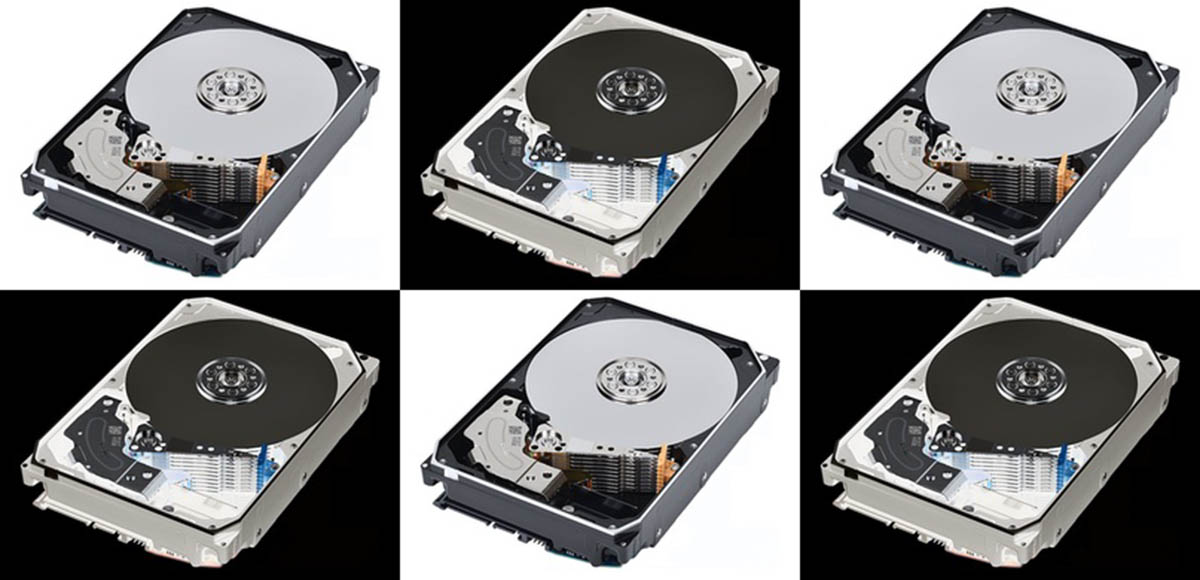(Block & Files) – HPC storage supplier VDURA is claiming that disk drive arrays are more environmentally friendly than all-flash arrays in terms of their total carbon emissions.

VDURA – the rebranded Panasas – supplies both SSD and HDD-based storage systems. The starting point for this environmental argument was a Pure Storage blog written by Eric Burgener, its technical strategy director, which argued: “When you conduct a system-level comparison, flash-based systems can have a notably lower CO2e than HDD-based systems.”
CO2e means carbon dioxide equivalent. Burgener looked at 12 and 22TB HDDs and compared their carbon load to commercial SSDs and Pure’s own Direct Flash Modules (DFMs), concluding: “If you use storage systems from Pure Storage and evaluate CO2e across an enterprise storage system’s entire life – which I would strongly argue is the right way to evaluate it – it’s true that all-flash systems can have a lower embodied carbon impact than HDD-based systems.”
However, VDURA senior systems architect and platform lead Michael Barrell had a look at Pure’s blog and came to a different conclusion. “My analysis shows that a modern HDD system could be 60 percent more favorable at launch in terms of CO2e emissions. When factoring in a more realistic failure rate the edge is maintained at 54

Barrell’s analysis considers a 22TB HDD and then projects what a 30TB HDD system would look like, both based on using 78-slot 4RU drive cabinets to build a 4PB system. This is a denser enclosure than the one used in Pure’s analysis, and Barrell notes: “A 22TB-based system comes out to be 14U, which is 56 percent more dense than the original Pure perspective. If you push this even further with the latest HDD technology from Seagate and use a Mozaic3 30TB [HDD], you can see a 68 percent reduction in rack space.”
Barrell argued he believes Pure’s argument is based on a 12TB HDD emitting 14.4kg of CO2e a year. He claims “A 22TB HDD is 40 percent lower in CO2e emissions than a 12TB HDD on a per TB basis. When a 30TB HDD is considered, my estimate is that it could be up to 50 percent lower in terms of CO2 emissions than a 12TB HDD. Significant improvements are continually being made.”
On that basis, “we see that a 22TB system could be as much 67 percent lower in CO2e emissions than a Pure-based DFM system at initial deployment. A 30TB-based system could be almost 73 percent lower.”
To calculate lifetime drive emissions in a system, Pure’s Burgener estimated HDD replacement numbers in a 1EB system built using 22TB drives – 45,504 HDDs – using a Backblaze-sourced 1.41 percent annual failure rate (AFR) for HDDs. He calculated that this would require replacing 641 disk drives every year.
Barrell doesn’t agree. “For my modeling, I assume that after five years the AFR increases greatly and continues until the ten-year mark. My model uses five percent for the first year and increases one percent for each year after. When you use this model, a more reasonable estimate of total devices used can be calculated. My calculations show that you would only replace 78HDDs in the 22TB model. When you factor this into the overall CO2e impact, the HDD-based system maintains a significant edge with a 54 percent improvement in emissions and a 30TB HDD projected a margin of 62 percent.”
He concludes: “My analysis shows that by applying a more logical thought process we see that a modern HDD-based system, with dense drives and dense enclosures, starts at 54 percent better in terms of CO2e emissions and moves to over 60 percent as the newest 30TB HDDs come to market.”
As a kicker, he notes he made his analysis “without even considering the price delta between these sorts of systems.”


